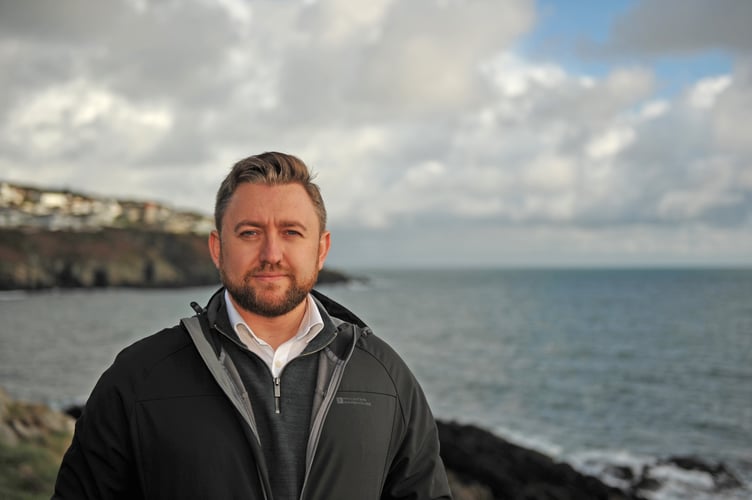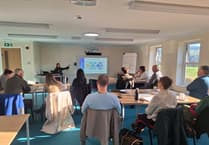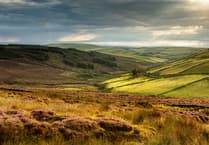The island’s transition to green energy has an obvious role to play in helping to mitigate the impact of climate change and to achieve net-zero targets – but it can help to halt biodiversity loss too. That’s the view of the team behind plans for Ørsted’s Mooir Vannin Offshore Wind Farm project.
‘We know from decades of experience that it is possible to develop green energy in balance with nature,’ says John Galloway, Development Director for Ørsted in the Isle of Man. ‘In fact, our work as a global leader in renewable energy to promote biodiversity over the years has involved projects and partnerships with environmental charities ranging from local wildlife trusts to the World Wide Fund for Nature (WWF).’
A great example of a regional biodiversity initiative is the Wilder Humber project in the UK which involves Ørsted working with Yorkshire Wildlife Trust and Lincolnshire Wildlife Trust. Due to decades of pollution and commercial development from the start of the 20th century, precious natural habitats such as sand dunes, salt marsh, seagrass, and native oysters declined significantly in the Humber estuary. As part of Ørsted’s offshore wind developments in the region, the company has worked with the two wildlife trusts to restore seagrass and salt marsh and introduce half a million native oysters to improve the health and resilience of the estuary’s ecosystem.
‘Every local ecosystem is different of course,’ says John, ‘but there are some common factors which make the Humber estuary an exciting example from the Isle of Man’s point of view. The Wilder Humber project gives a real life example of what could be achieved here in the island as a part of our proposals for the Mooir Vannin Offshore Wind Farm. Seeking the views of all environmental groups is an essential part of our community engagement programme in all of the locations where we develop offshore wind, and Wilder Humber is just one example of how we can enhance biodiversity for the long-term benefit of all of us who call the island our home.’
Seagrass, and the role it plays in supporting biodiversity, is one aspect of the Wilder Humber project that has particular relevance to the Isle of Man. While there are differences in terms of species – and the fact that the Isle of Man has sub-tidal seagrass (i.e. always under water) while the Humber estuary has inter-tidal (i.e. exposed to the air at low tide) – encouraging seagrass to flourish is a common factor in promoting growth of all marine life.
These and other aspects of the Wilder Humber project have already attracted interest from the Manx Wildlife Trust. Last year the charity sent a delegation to visit the Spurn Discovery Centre in the Humber estuary to learn more about its positive impact.
Leigh Morris, CEO, Manx Wildlife Trust, said: ‘We had an excellent couple of days as guests of Ørsted and the Yorkshire Wildlife Trust when we visited their discovery centre at Spurn Point with representatives from Isle of Man Government. During the visit we learned a great deal about seagrass, oyster restoration, and offshore wind farms.’
In 2020 Ørsted made a commitment that all new renewable energy projects commissioned from 2030 will deliver a net-positive impact on biodiversity. After reducing reliance on fossil fuels, restoring biodiversity is one of the most powerful tools we have to fight climate change, says John Galloway: ‘Healthy ecosystems not only help to absorb and store carbon, they also protect coastal communities from the impacts of climate change. The Mooir Vannin Offshore Wind Farm presents a first-of-a-kind opportunity to bring similar benefits to the Isle of Man’s unique biosphere.’
*For full details about the Mooir Vannin Offshore Wind Farm project go to http://orsted.im/mooirvannin





Comments
This article has no comments yet. Be the first to leave a comment.